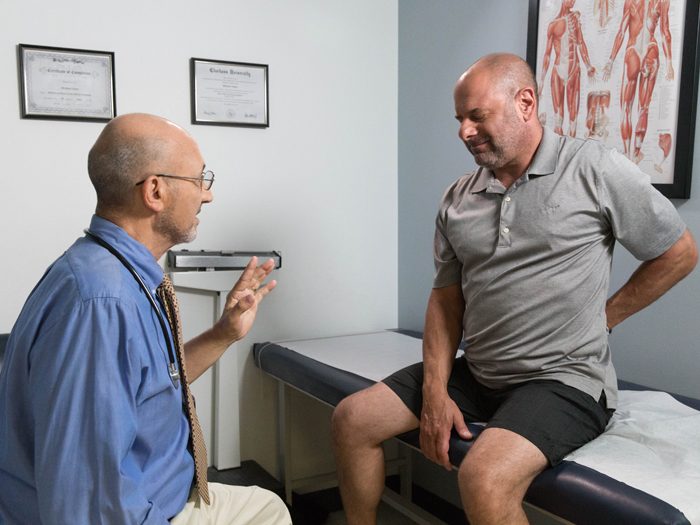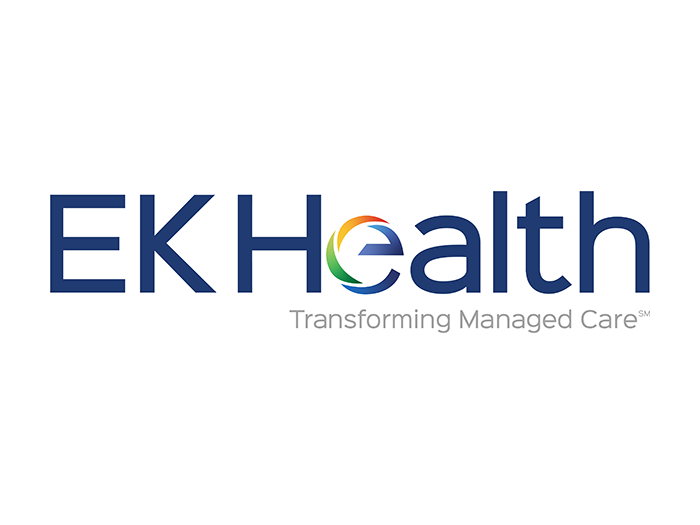2016 NWCDC
Risk Scenarios Live: Lessons in Managing Chronic Pain

When a patient is in pain and in fear of pain, physicians face a dilemma. How to manage that pain in the best way without creating a dependency on pain medications?
When an injured worker is already floundering in a haze of prescription medications and denial, how best to intervene in a way that respects the worker’s rights, preserves the bottom line and most importantly, keeps that person productive?
These and other questions were on the table in the fourth installment of the Risk Scenarios Live presentation at the Ernest N. Morial Convention Center in New Orleans on Wednesday.
“Forget the money. Focus on the outcome.” — Michael Paladino, director, insurance services and claims, VCU Health System
As they watched filmed enactments of fictitious workers’ compensation claim scenarios, a veteran panel of workers’ compensation professionals had plenty to share.
“Forget the money. Focus on the outcome,” said Michael Paladino, director, insurance services and claims, VCU Health System.
The award-winning risk manager went on to say that an organization pays for an injured worker whether it is on the group health side or under workers’ compensation.
So, focusing on where that payment is coming from is less important than bringing the worker back to health, he said.
“We do have to treat the patient as a whole,” said Jill Leonard, assistant vice president of claims operations, Louisiana Workers’ Compensation Corp.
In three vignettes, the panel examined a chronic pain case, a case where a worker was ingesting a wide range of pharmaceuticals, and a scenario where a worker with an injured back failed to understand or comply with his return to work options.
Too often, according Dr. Robert Goldberg, chief medical officer, Healthesystems, there is a rush to surgery or a failure to fully educate an injured worker on their treatment and recovery options.










